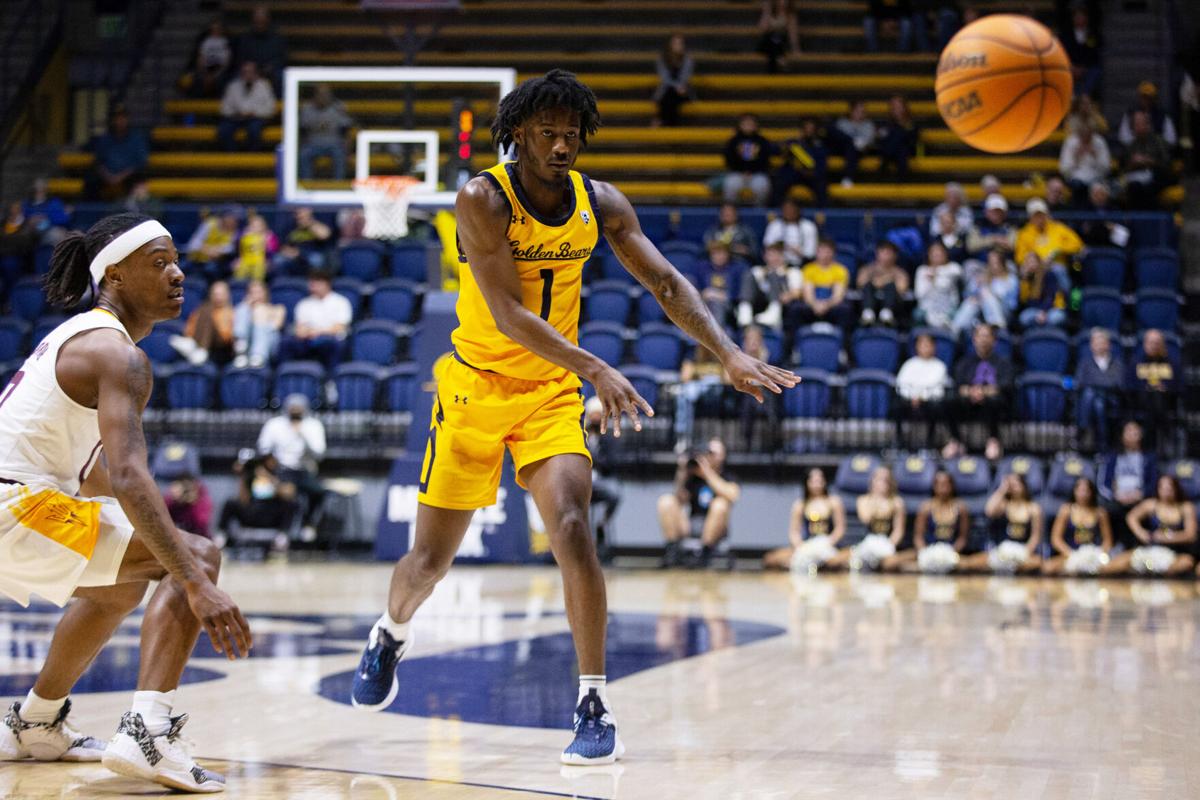One of Arizona’s most valued basketball records is its 37-year streak leading the Pac-12 in attendance. That streak might last forever, or at least until (or if) the Wildcats jump to the Big 12, where Kansas has averaged 16,300 fans at Phog Allen Fieldhouse since the 1800s, or so it seems.
But that’s a story for another day.
Across those 37 seasons, only one Pac-12 school has drawn more basketball fans than Arizona, but it requires an asterisk. In 1995-96, Utah averaged 14,281 at the Huntsman Center, a few more than the UA’s 14,254 at McKale Center.
Alas, Utah played in the WAC in ‘96, a decade of glory in which Rick Majerus’ basketball teams averaged more than 14,000 three times. But when Majerus left Utah, everything changed.
The Utes average a mere 6,361 this season at the Huntsman Center and are so desperate to revive their glory days that they are offering upper-deck seats for $5 each for Thursday’s game against conference-leading UCLA. It will be the first time in six years the Utes plan to raise the massive black curtain that has blocked out seating in the upper deck.
Such is basketball in the Pac-12. In most precincts, it is a blackout.
I bring this to your attention because Pac-12 men’s basketball teams are averaging 6,249 fans for home games this season. It’s the conference’s lowest figure since 1983-84 (6,237), the season Lute Olson arrived in Tucson.
How bad is that? It’s about 52% of capacity.
Eliminate Arizona from the mix, and the remaining Pac-12 teams average 5,399 per home game, or roughly 47% capacity.
This ain’t no basketball-loving conference.
The Pac-12 has produced a mere nine sellouts this season: seven at Arizona and two at UCLA’s Pauley Pavilion. By comparison, the Big 12 had sold out 49 games through last weekend, averaging 84% capacity and over 10,000 per game.
Here’s a better perspective: The Mountain West Conference averages more fans per home game, 6,427, than the Pac-12 (MWC average is through Monday).
Cal averages 2,239 at 11,877-seat Haas Pavilion.
Oregon State averages 3,419 at 9,301-seat Gill Coliseum,
WSU averages 3,469 at 11,671-seat Beasley Coliseum.
USC averages 3,667 at 10,258-seat Galen Center.
It is a league without basketball passion.
With UCLA scheduled to bolt for the Big Ten in 2024, it makes one wonder if Arizona would be better off and more appreciated moving to the Big 12, if and when an offer is made. For a basketball-centric city like Tucson, Pac-12 basketball will be greatly diminished without the Bruins.
UCLA has been a bigger draw on the Pac-12 road than Arizona this season. The Bruins have drawn 8,385 in their league road games, Arizona 6,782 (although those figures will almost balance after Arizona plays at USC and UCLA next week).

McKale Center is seldom lacking for fans when it comes to men’s basketball; Arizona averages 14,079 per game, by far the most in the Pac-12.
For 30 years, I traveled to almost every Arizona Pac-12 road game. Every game seemed to be bigger than life. Can’t-hear-yourself-think sellout crowds at Stanford and Cal. Rowdy, overflow crowds at Oregon, UCLA, ASU and USC. Hostile, game-of-the-year type settings at Colorado, Washington and Utah.
But it was misleading. Once Arizona left town, those schools were unable to sustain their interest in basketball. Arizona’s travel partner, ASU, would walk into Maples Pavilion two days after an epic Lute Olson vs. Mike Montgomery showdown to a virtual basketball library.
Imagine what life in Pac-12 basketball might be like without UCLA, replaced perhaps by SMU.
Say it ain’t so.
In most college athletic departments, football accounts for about 85% of annual per-sport revenue. Tucson is different. Obviously, the UA can’t pay its bills without a robust football income, but according to the U.S. Department of Education, Arizona’s basketball income for the fiscal year 2021-22 was $10.1 million. Football was $29 million.
That basketball figure is roughly 15% more than most Power Five schools. That’s why I think Arizona should fully examine a move to the Big 12 more than any other Pac-12 school.
Imagine home-and-home games with basketball-loving Big 12 basketball schools like Kansas (averaging 100% capacity of 16,300 at home), KSU (9,508), Baylor (9,362), Texas Tech (13,098) and Iowa State (13,296), all of which average more at home than any Pac-12 team this season except Arizona.
Additionally, the Big 12 will also be adding BYU next season; the Cougars are averaging 13,992 at the Marriott Center. Rivalries between BYU and Arizona, in football and basketball, would probably be superior to those that exist between Arizona and every remaining Pac-12 school except ASU.
There are many important variables involved in a change of conferences: academics, media-rights money, travel logistics, the Southern California recruiting turf.
But when school presidents and athletic directors make those decisions, the UA should make sure its basketball value is uniquely considered and not simply bundled with football.
Oumar Ballo recorded 18 points and a career-high 16 rebounds, while Cedric Henderson had 15 points, in No. 8 Arizona's 78-68 win over Colorado on Saturday at McKale Center.






